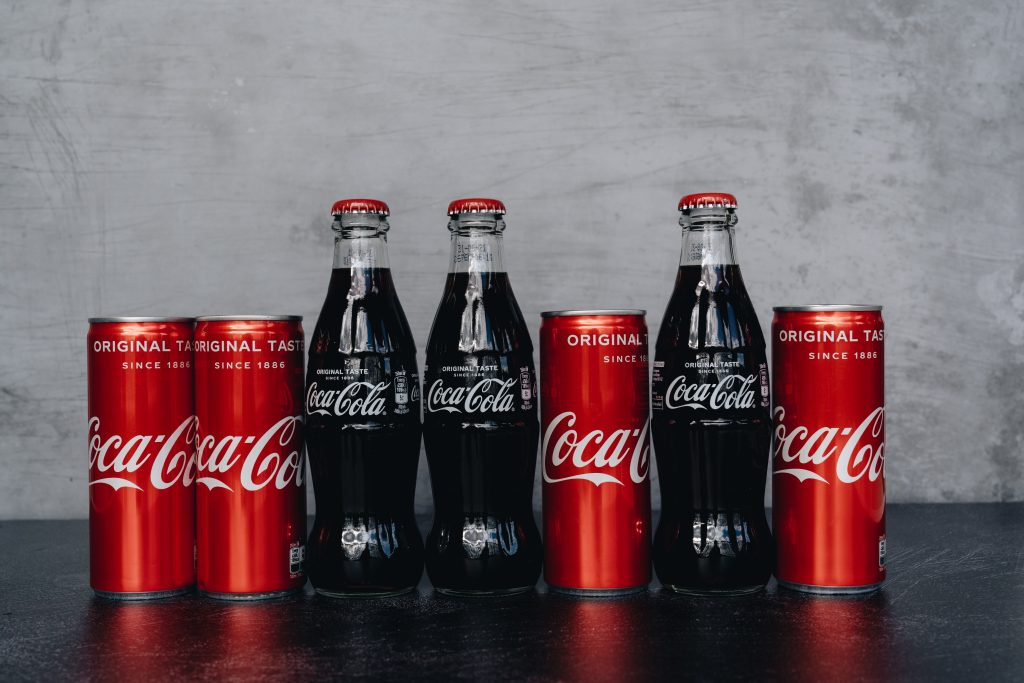

Does Coca-Cola really mean “bite the wax tadpole” in Chinese? Let’s talk about your options when it comes to translating brand and product names.
Our localization solutions team sees plenty of scenarios where this question has come up: Should a company and its product names be translated to better suit a target language?
Before we dig into your options, here’s an example of why you should be asking this question.
Clairol Mist in Germany
Clairol specializes in hair care, and they released a new curling iron called the Mist Stick. It was a vapor wand that to them was an exciting innovation with worldwide appeal.
In Germany, though, mist is slang for “manure” or “excrement”, and Clairol quickly discovered why people there weren’t as into this product as English-speaking customers.
It’s no surprise that Rolls Royce faced a similar problem with their Silver Mist automobile, and that German whisky fans were reluctant to sip Canadian Mist and Irish Mist brands.
Coca-Cola in China
At the company and brand name level, take Coca-Cola for instance. When the soda company entered China in 1928, they attempted to replicate their name with Chinese characters. The characters “ko-ka-ko-la” amount to the English equivalent “bite the wax tadpole” – hardly a tasty treat.
They settled on “ko-kou-ko-le,” literally meaning “to allow the mouth to be able to rejoice.” Now that’s more like it.
To avoid a similar situation, here are some options to consider for your client.
Option 1 – Roll with the Original Name
By default, and unless instructed otherwise from the outset, assume the company will keep the original names across all geographic regions
It seems like the easiest and the safest bet, but some names won’t make sense in target areas, or perhaps could be misunderstood when translated.
It’s good practice to get in touch with the company if you believe the name should be changed to avoid potential misunderstanding or even disaster.
Option 2 – Original Name (Translation)
Our recommendation is to provide a translation of the original name in parenthesis, like this:
Original Name (Translation)
This format preserves the original name but provides a more localized example, so the customers or readers understand it.
Optional 3 – Translation (Original Name)
Your third option is to translate the name and provide the original in parentheses.
If you think it would be better to translate the name, but still want to keep the original name to avoid misunderstanding, use this format.
As your product establishes its space in the market, you can slowly phase the parentheses out.
Option 4 – Transliteration
You can also provide a phonetic translation of the original name.
This is recommended when your source and target languages use different alphabets.
For example, if you’re translating from English to Korean or Arabic, it will be easier for your audience if the name is transliterated to their language.
Option 5 – A Whole New Name
If there’s no easy translation or transliteration, you may want to consider an entirely different brand or product name.
This is a massive step, of course, as it would require starting your branding efforts from scratch, and potentially affect customer retention at home as you attempt to expand abroad.
That’s why it’s important to consider localization from the startup phase. One of our best practices for global brand marketing is to internationalize your product information and slogans.
Again, to be on the safe side, we recommend using Option 2 – Original (Translation). This covers all your bases, although you’ll have to account for the potential extra characters and formatting when it comes to marketing materials and social media presence.
If your business doesn’t have the resources to create a localization team then outsourcing the localization work is your best option. You can rely on a language service provider to make your localization efforts more efficient and cheaper while also avoiding potential embarrassment.
We Can Help Answer All Your Localization Questions
A localized international content marketing strategy is vital to establishing and expanding global sales.
By managing all aspects of localization, Summa Linguae Technologies can make global markets truly accessible.
That frees you to focus on growing your brand and expanding the reach of your products.
To partner with a team of localization professionals experienced in your industry and maximize your ROI, contact us today.


